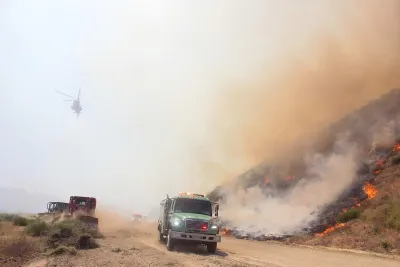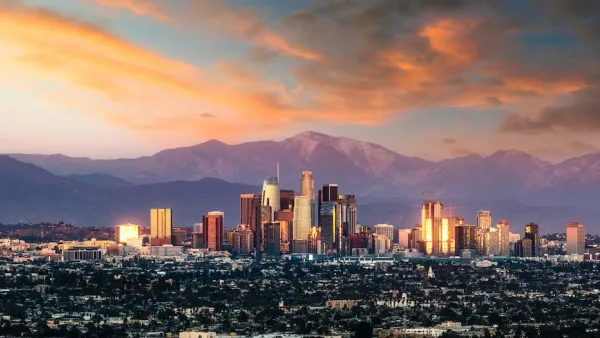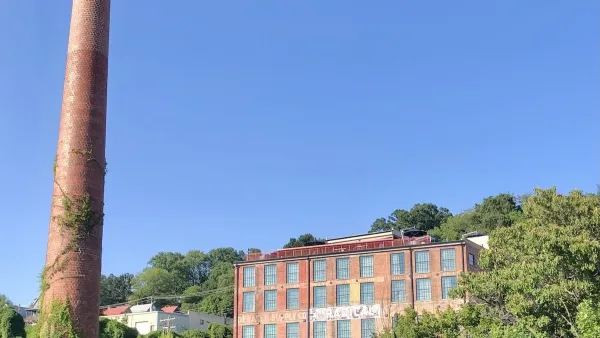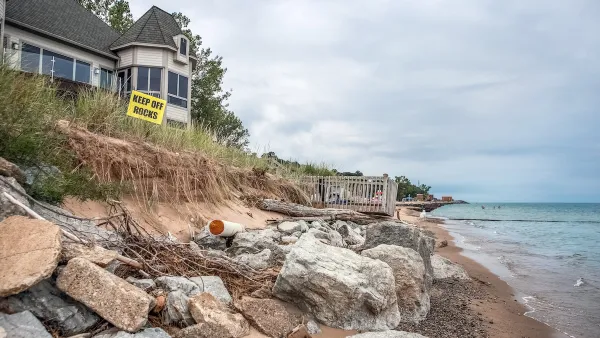Dr. Lucy Jones emphasizes that resilience in the face of climate-driven disasters like wildfires relies on building strong social connections, which empower communities to recover and adapt to an increasingly challenging future.

Southern California’s recent wildfires, including the devastating Eaton Fire, highlight the growing need for resilience in the face of climate-driven disasters. Dr. Lucy Jones, reflecting on personal experiences of loss and fear, underscores the critical role of social bonds in fostering recovery. Resilience is not just about physical rebuilding but about the strength of relationships—connections within families, schools, faith communities, and neighborhoods—that form the foundation for collective recovery and action.
Fear and grief often dominate the immediate aftermath of disasters, creating feelings of powerlessness that can hinder action. However, helping others during these times—whether by offering support, volunteering, or simply checking in on neighbors—can empower individuals and bring a sense of purpose. This shift from focusing on personal loss to community rebuilding is vital, as social capital not only aids recovery but also mitigates the emotional toll of crises.
As disasters become more frequent and severe due to climate change, society must evolve its risk management strategies, such as exploring alternatives to traditional insurance and fostering community collaboratives. These collaboratives, as seen in past wildfire recoveries, allow communities to pool resources and address challenges collectively. In the end, resilience starts with everyday connections—talking to neighbors and building relationships—which prepare us not just for fires but for the broader range of extreme events that lie ahead.
FULL STORY: Opinion: Where does resilience come from?

Analysis: Cybertruck Fatality Rate Far Exceeds That of Ford Pinto
The Tesla Cybertruck was recalled seven times last year.

National Parks Layoffs Will Cause Communities to Lose Billions
Thousands of essential park workers were laid off this week, just before the busy spring break season.

Retro-silient?: America’s First “Eco-burb,” The Woodlands Turns 50
A master-planned community north of Houston offers lessons on green infrastructure and resilient design, but falls short of its founder’s lofty affordability and walkability goals.

Test News Post 1
This is a summary

Analysis: Cybertruck Fatality Rate Far Exceeds That of Ford Pinto
The Tesla Cybertruck was recalled seven times last year.

Test News Headline 46
Test for the image on the front page.
Urban Design for Planners 1: Software Tools
This six-course series explores essential urban design concepts using open source software and equips planners with the tools they need to participate fully in the urban design process.
Planning for Universal Design
Learn the tools for implementing Universal Design in planning regulations.
EMC Planning Group, Inc.
Planetizen
Planetizen
Mpact (formerly Rail~Volution)
Great Falls Development Authority, Inc.
HUDs Office of Policy Development and Research
NYU Wagner Graduate School of Public Service




























